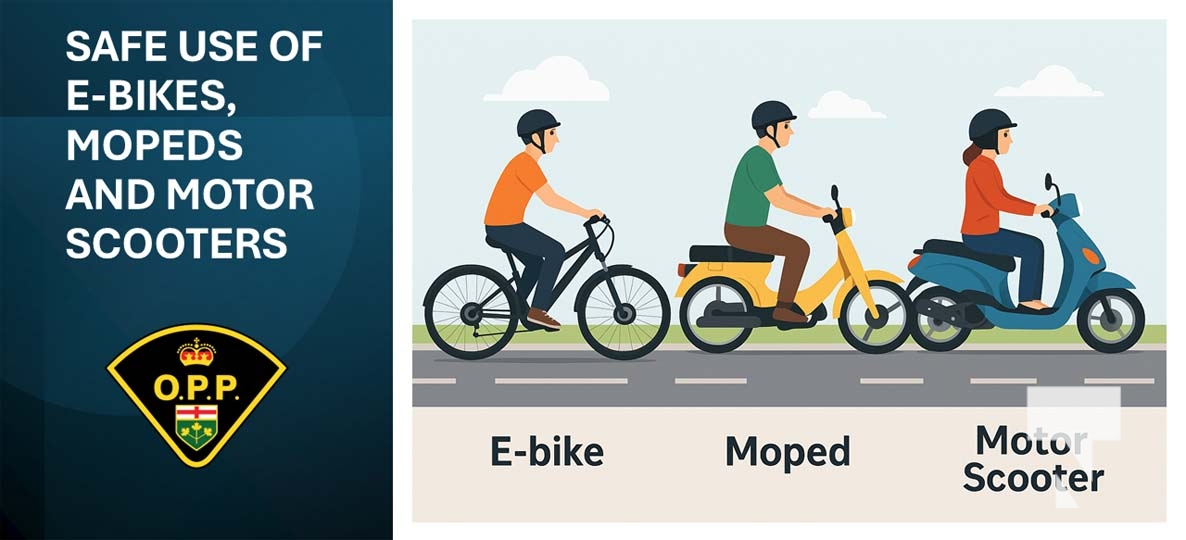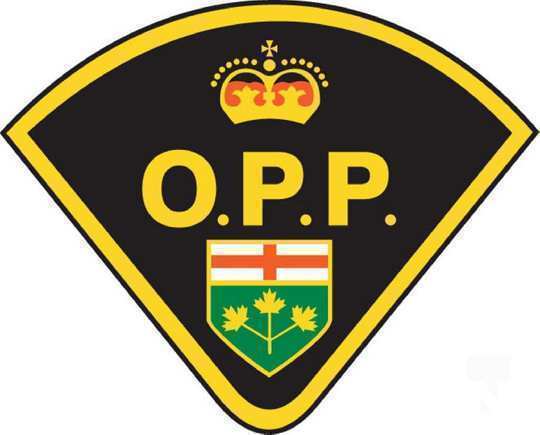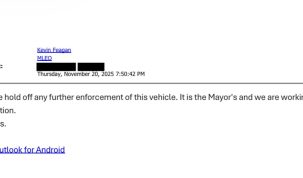The Northumberland Detachment of the Ontario Provincial Police (OPP) reminds residents and visitors of the legal requirements and safety considerations for operating e-bikes, mopeds, and motor scooters on Ontario roads.
As new mobility options emerge, it is essential that all road users understand how these vehicles are regulated under Ontario law.
Where You Can Ride
E-bikes, mopeds, and motor scooters are not permitted on controlled-access highways, including the 400-series highways and others listed under Ontario law
- E-bikes may be operated on most municipal roads and highways where bicycles are allowed, but not on sidewalks, bike paths, or trails where prohibited by local bylaws.
- Mopeds and motor scooters may be operated on public roads except controlled-access highways, and must follow the same rules as other motor vehicles.
Operator Requirements
- Minimum age: 16 years
- Helmet: Approved bicycle or motorcycle helmet required
- Licensing:
- E-bike operators do not require a driver’s licence, registration, or insurance.
- Moped and motor scooter operators must have a valid driver’s licence (usually Class M or M2), and the vehicle must be registered and insured.
Vehicle Definitions and Differences
- E-Bike: A bicycle equipped with working pedals and an electric motor (≤ 500 watts) that assists up to 32 km/h. Must meet specific equipment standards and is not considered a motor vehicle under the Highway Traffic Act.
- Moped: A low-powered motor vehicle with pedals and a small engine (typically ≤ 50cc). It is considered a motor vehicle and requires full licensing, registration, and insurance.
- Motor Scooter: A two-wheeled motor vehicle without pedals, powered by a gasoline or electric motor. It is classified as a motorcycle under the Highway Traffic Act and must meet all motorcycle safety and licensing requirements.
E-Bike Equipment Standards
To be legally operated in Ontario, an e-bike must:
- Have working pedals
- Not exceed 32 km/h assisted speed
- Weigh no more than 120 kg (including battery)
- Have a motor rated at 500 watts or less
- Include two independent braking systems capable of stopping within 9 metres at 30 km/h
- Have minimum wheel dimensions of 35 mm width and 350 mm diameter
Please note, removing the pedals or modifying the motor to exceed speed or power limits reclassifies the e-bike as a motor vehicle, requiring full licensing and insurance.
Legal Considerations
- Impaired Operation: Operating an e-bike, moped, or motor scooter while impaired is a Criminal Code offence and may result in impaired operation charges.
- Suspended or Prohibited Drivers: Individuals under a Criminal Code driving prohibition may not legally operate any of these vehicles.
- Municipal Bylaws: Local regulations may further restrict where these vehicles can be used. Riders are encouraged to consult their municipality before operating.
For More Information
Visit the Ontario government’s official pages on:
· Riding an e-bike | ontario.ca
· R.R.O. 1990, Reg. 630 VEHICLES ON CONTROLLED-ACCESS HIGHWAYS | ontario.ca
The OPP urges all road users to share the road responsibly. Whether you’re driving a car, riding an e-bike, or walking, awareness, courtesy, and compliance with the law are essential to keeping our communities safe. If you’re unsure about the rules for your vehicle, take the time to learn before you travel.























